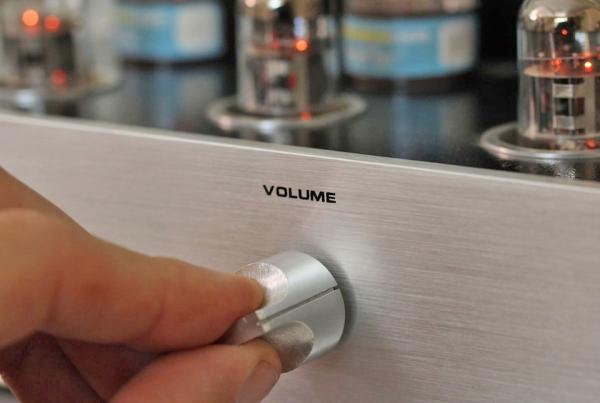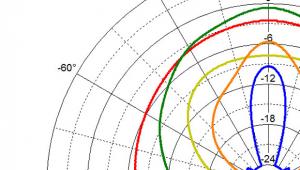Distortion: A Show and Tell

We all know what distortion sounds like. We've heard it in heavy metal tunes, cheap iPod docks and the crummy speakers at Taco Bell drive-thrus. And we've all read distortion specs on things like receivers and subwoofers. But other than a general understanding that distortion isn't something we want in home audio gear, most people really don't know what it is.
It dawned me the other day that not only do I hear a lot more distortion than most people ('cause as an audio reviewer I gotta crank stuff up to find its limits), I also see distortion. The recently developed CEA-2010 subwoofer measurement technique shows the effects of distortion on your computer screen as you're measuring it. I thought it might be interesting to put together some graphics and tones that demonstrate some of the distortion characteristics I deal with so often. Because once you see distortion, it's much easier to understand what you're hearing. (Which means distortion has a lot in common with Lady Gaga.)
Defining distortion
Although distortion can be defined as any alteration in the waveform of an audio signal, the kind of distortion we're usually talking about in audio is harmonic distortion, which you see cited in amplifier specs as THD, or total harmonic distortion. Harmonic distortion in amplifiers is usually caused by the amplifier needing more voltage than its power supply can provide. It can also be caused by some part of the internal circuit (usually the output transistors) exceeding its output capacity. Thus, instead of reproducing the peaks of an audio waveform, the amplifier clips them off, hence the term "clipping."
You can see an extreme example of clipping in the oscilloscope chart (Figure 1) shown here. It shows a sine wave at top and a heavily clipped version of the same wave at bottom. The peak of the audio wave is clipped off at the point where the amplifier's power hits its maximum output. Thus the original sine wave becomes something closer to a square wave. This creates extra harmonics at multiples to the original tone. If you have a 1,000 Hz tone, you'll get distortion harmonics at 2,000 Hz (the 2nd-order harmonic), 3,000 Hz (the 3rd-order harmonic) and so on.
Of course, speakers also produce harmonic distortion and other types of distortion. Speaker distortion can arise from a diaphragm (like a woofer cone) reaching the limits of its excursion; from high-frequency resonances (commonly referred to as "breakup modes") in the diaphragm; and also from things like port turbulence and insufficiently robust crossover parts. Although the physics are different, the end result is often similar, but speaker distortion tends to be much higher than amplifier distortion, especially in subwoofers.
- Log in or register to post comments
























































